
Are you wondering if it’s time to replace your HDD? If you’ve had your computer for eight years, it’s natural to question whether your hard drive is still reliable. The truth is, understanding HDD lifespan is crucial to maintaining your device’s performance.
You might be experiencing slower load times or strange noises—signs that could indicate it’s time for a laptop hard drive replacement. But how long does an HDD actually last? When Should I Replace My HDD? In this guide, we’ll delve into the key indicators that suggest your hard drive is on its last legs. We’ll help you assess whether it’s time to upgrade your hard drive, ensuring you keep your data safe and your computer running smoothly. Let’s explore the telltale signs that could save you from unexpected data loss!
Understanding the Lifespan of an HDD
Average Lifespan of HDD
Hard disk drive (HDD) usually last between three to five years. This lifespan depends on several factors, including usage patterns and environmental conditions. Many users find that HDDs can last longer with proper care. However, some components may fail over time. Regular maintenance can help extend the life of an HDD. Users should perform routine checks to avoid unexpected failures.
Factors Affecting HDD Longevity
Several factors influence how long an HDD will last. Environmental conditions play a significant role. High humidity or extreme temperatures can shorten the lifespan of a hard drive. Usage patterns also matter. Frequent read and write operations put more stress on the drive. Users should avoid unnecessary strain on their HDDs to prolong their life.
Maintenance practices impact HDD longevity as well. Regularly running tools like CHKDSK helps identify potential issues early. Addressing these issues promptly can prevent data loss. Strange noises, such as clicking or beeping, often indicate a failing drive. Users should pay attention to these warning signs. Taking action when these signs appear can save valuable data.
When Should I Replace My HDD: Recognizing the Signs
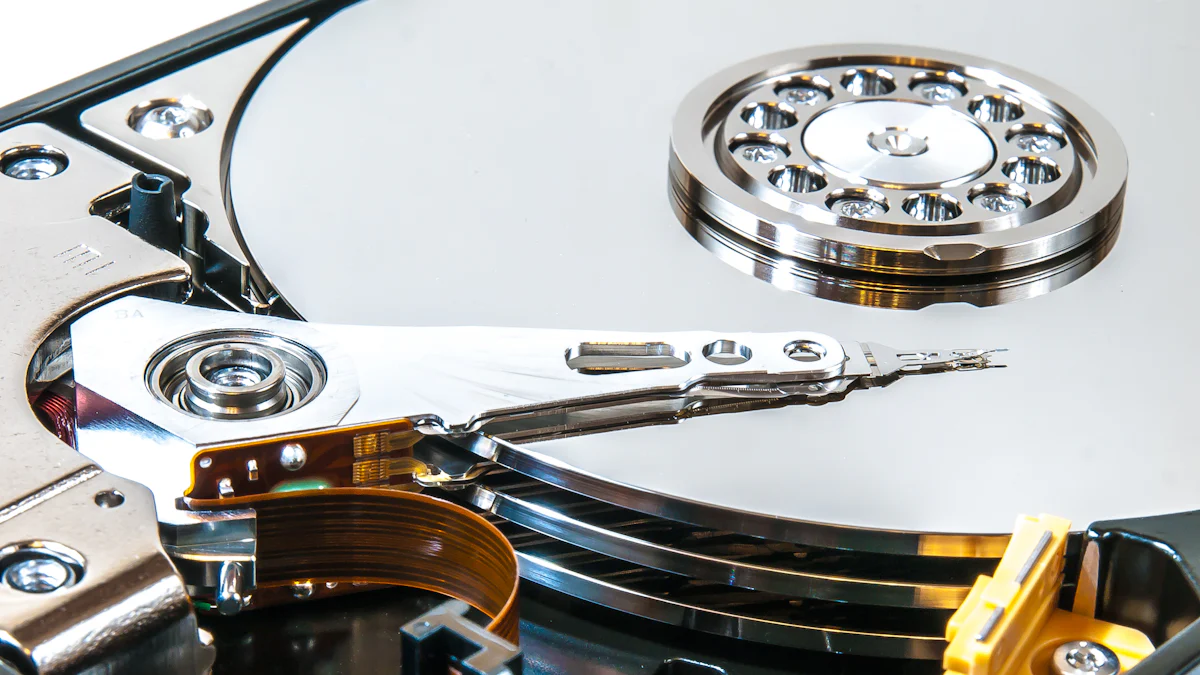
Unusual Noises and Vibrations
Ever heard strange noises coming from your computer? Clicking or grinding sounds often signal trouble. These noises usually mean the hard drive is struggling. Vibrations can also indicate a problem. When should you replace your HDD? Pay attention to these signs. Ignoring them might lead to data loss. Think of these sounds as your hard drive’s way of crying for help.
Frequent System Crashes and Freezes
Does your computer crash often? Frequent system crashes can point to a failing hard drive. Freezing during simple tasks also suggests issues. A healthy hard drive should not cause these problems. When should you replace your HDD? Consider doing so if crashes become routine. You don’t want to risk losing important files.
Slow Performance and Data Access
Notice your computer slowing down? Slow performance can frustrate anyone. Hard drives in good condition should not lag. Struggling to open files or folders might mean your hard drive is failing. Data corruption could be lurking around the corner. When should you replace your HDD? Act before slowdowns become unbearable. Your patience and data depend on it.
How to Replace HDD without Losing data or Reinstalling Windows
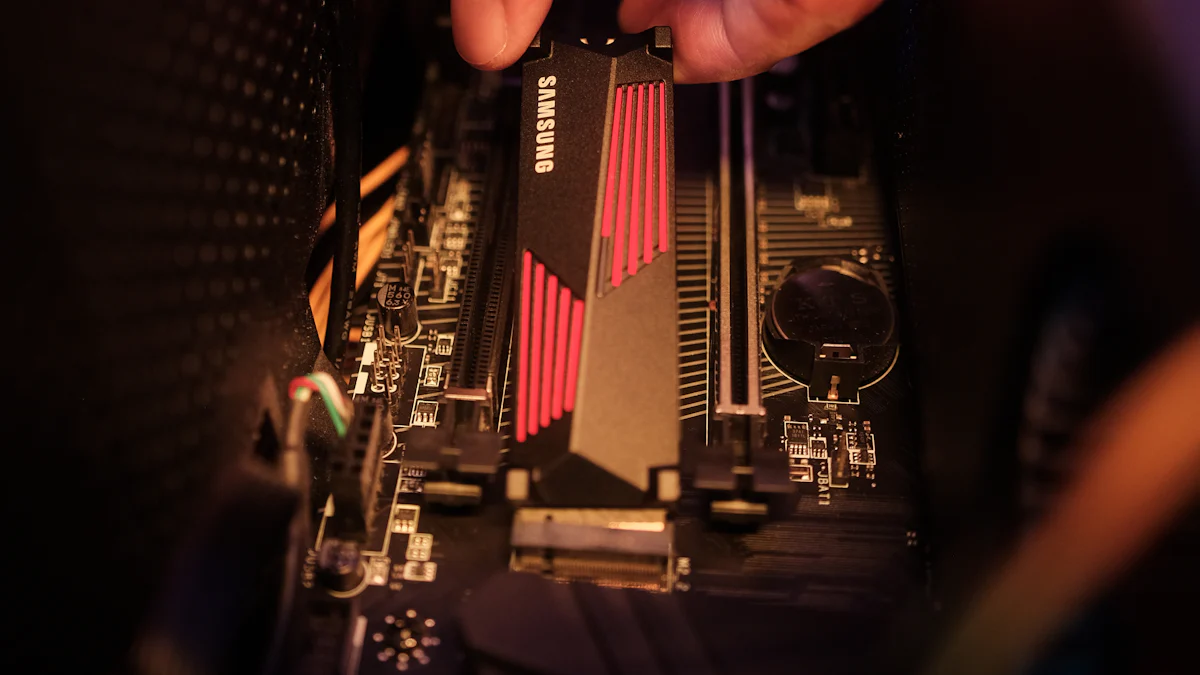
Are you feeling overwhelmed by the thought of replacing your HDD? It’s a common worry, especially when it comes to ensuring all your data is safely transferred. The good news? Wittytool DiskClone makes the process simple and efficient.
Imagine seamlessly performing a disk clone that not only transfers your data but also preserves your system settings and applications. With options like network clone, you can even streamline the transfer across multiple devices. Wondering how to easily transfer data from one SD to another without a hitch? This guide will walk you through each step, empowering you to upgrade your hard drive with confidence. Let’s download and use Wittytool DiskClone to transform your HDD replacement experience, making it smoother than you ever thought possible!
Step 1: Choose Disk Clone Mode
Click on the left panel to access the clone page, then select the disk clone mode.
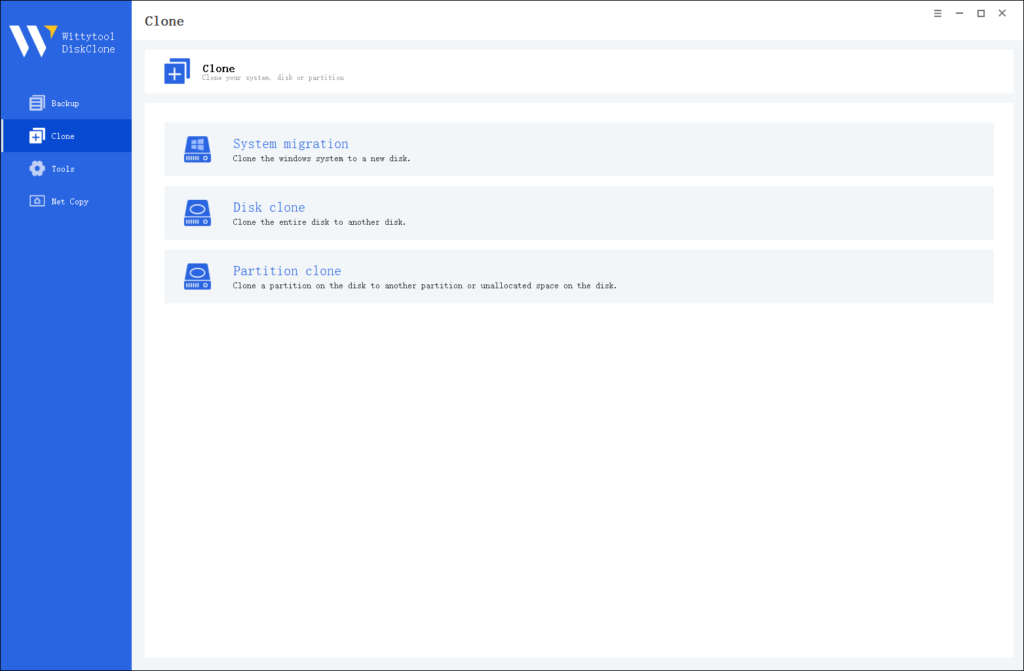
Note:
During usage, choose the corresponding mode according to your needs. You can read this article about system clone vs system migration to understand the differences in different usage scenarios.
Step 2: Choose Source Disk
Pick the disk from the list view. The layout of the selected disk will be displayed at the top of the list view.
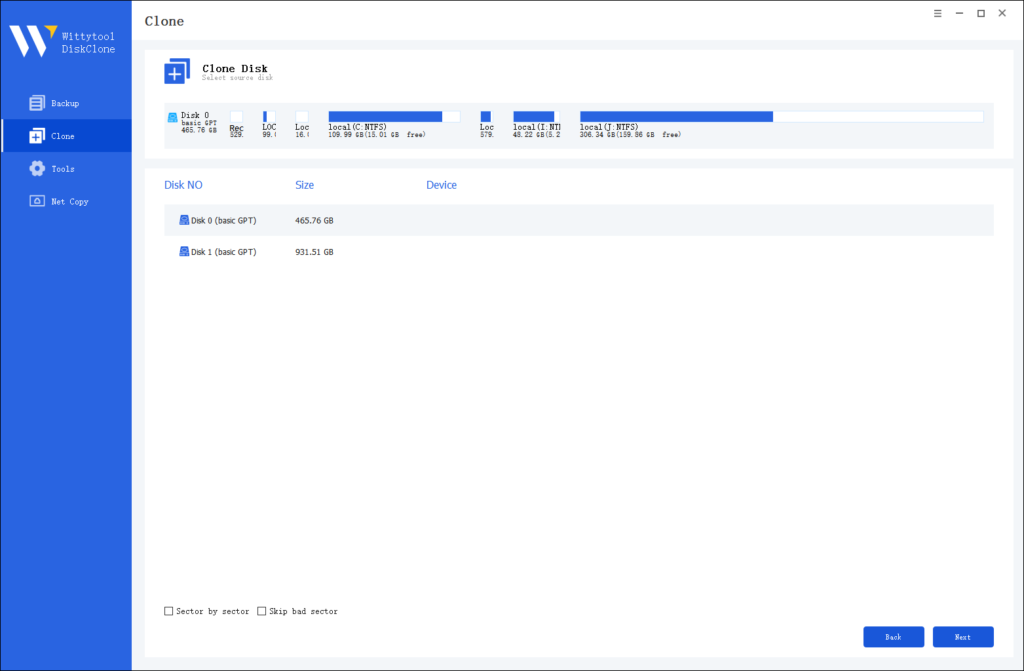
Note:
*Sector by Sector: This option should be selected if the source disk has bad sectors or if the file system on the disk is damaged. It ensures that all sectors on the source disk are cloned.
*Skip Bad Sectors: If the source disk has bad sectors, select this option. Wittytool DiskClone will ignore the bad sectors and clone only the undamaged ones. This method is suitable for older disks that may have bad sectors.
Step 3: Choose Destination Disk
Select the target disk.
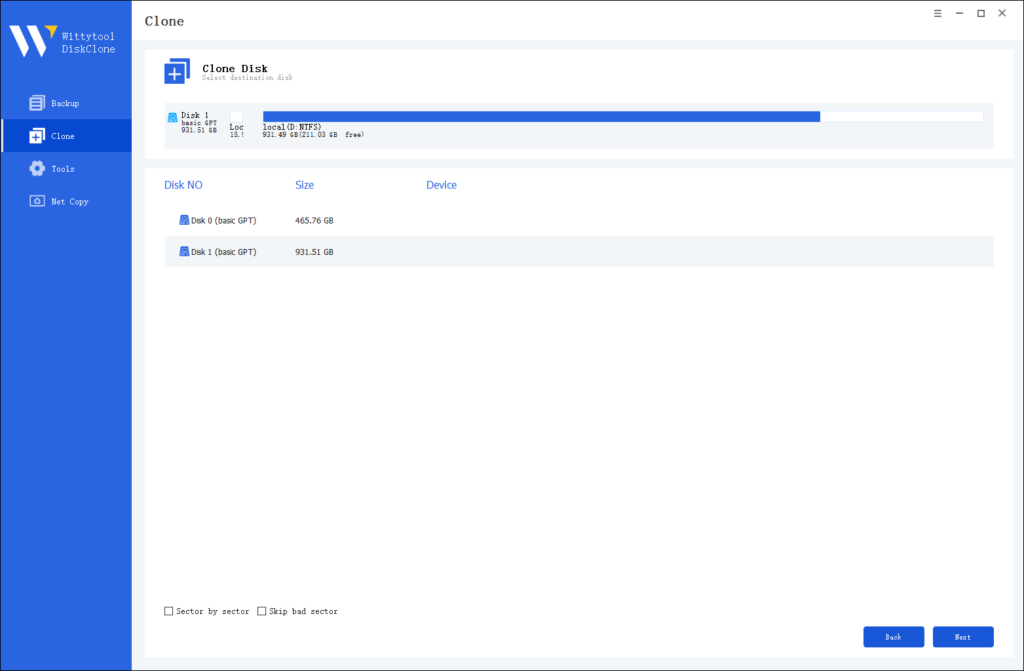
Step 4: Resize Partition and Start Cloning
You can resize the partition on the target disk if needed. Click the “Start Clone” button to begin the cloning process.

Preventive Measures to Extend HDD Life
Regular Maintenance and Monitoring
Regular maintenance keeps your hard drive in top shape. You can run disk cleanup tools to remove unnecessary files. This action frees up space and improves performance. Defragmentation organizes data efficiently. This process speeds up file access times. You should schedule these tasks monthly for optimal results.
Monitoring your hard drive’s health is crucial. Tools like SMART (Self-Monitoring, Analysis, and Reporting Technology) provide valuable insights. These tools alert you to potential issues before they become serious. Early detection prevents data loss and extends the lifespan of your HDD. You should check these reports regularly to stay informed.
Best Practices for HDD Usage
Adopting best practices ensures a longer life for your hard drive. Avoid exposing your computer to extreme temperatures. Heat accelerates wear and tear on components. Keep your device in a cool, dry place for optimal performance.
Handle your computer with care. Physical shocks can damage internal parts. Always shut down your system properly. Abrupt power-offs can lead to data corruption. Use a surge protector to guard against electrical spikes.
Limit unnecessary read and write operations. Frequent access wears out the drive faster. Store large files on external drives when possible. This practice reduces strain on your internal HDD. By following these tips, you enhance the reliability and longevity of your hard drive.
Conclusion
Timely HDD replacement keeps your data safe and your computer running smoothly. Recognizing the signs of a failing hard drive prevents unexpected data loss. Regular monitoring with tools like SMART ensures your HDD stays healthy. Proactive maintenance extends the life of your hard drive. Simple actions like avoiding extreme temperatures and handling your computer carefully make a big difference. Keep an eye on performance and noises. Replace your HDD in using a free usb clone tool when needed to avoid frustration. Stay ahead by taking these steps, and enjoy a reliable computing experience.

